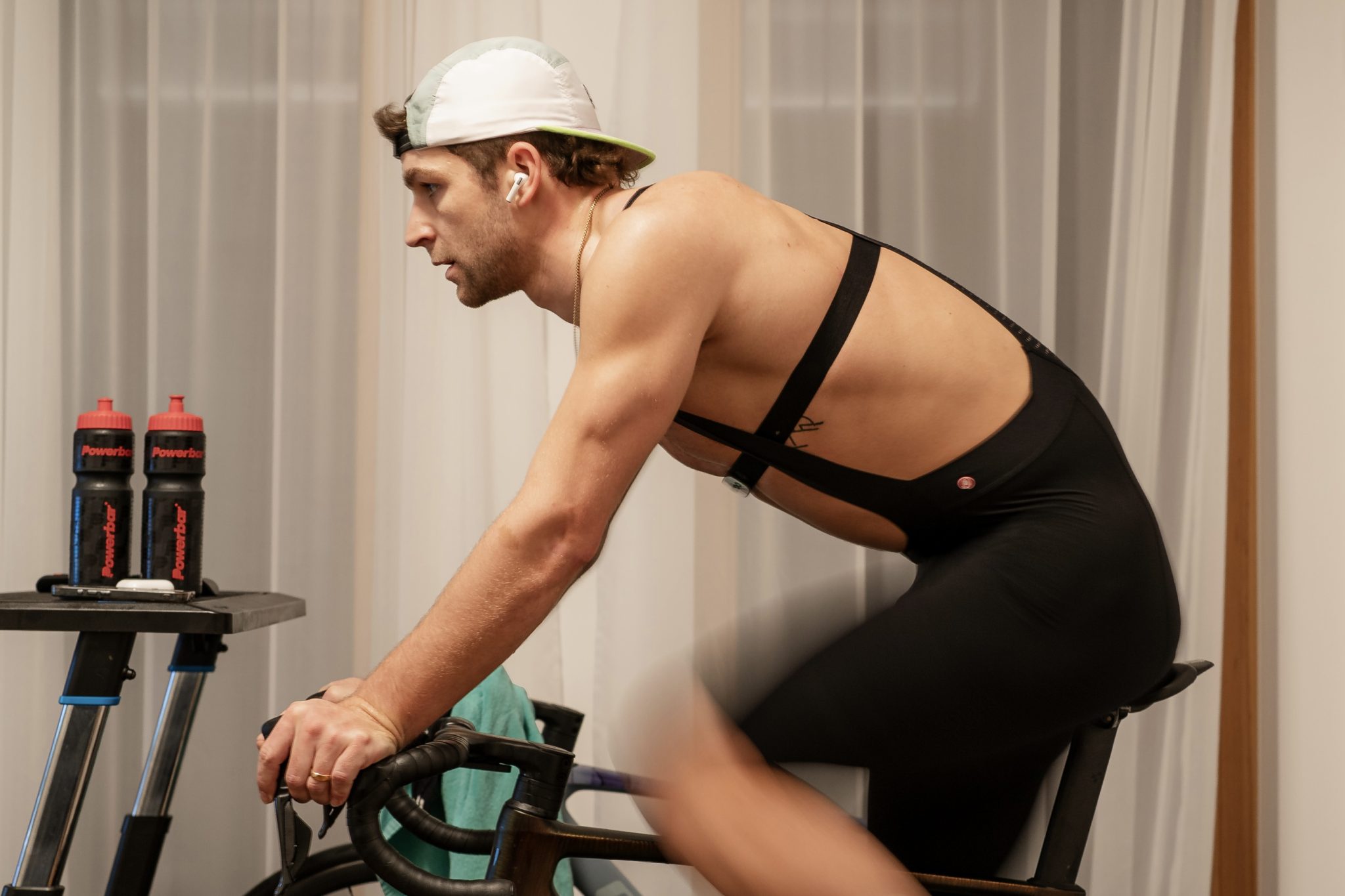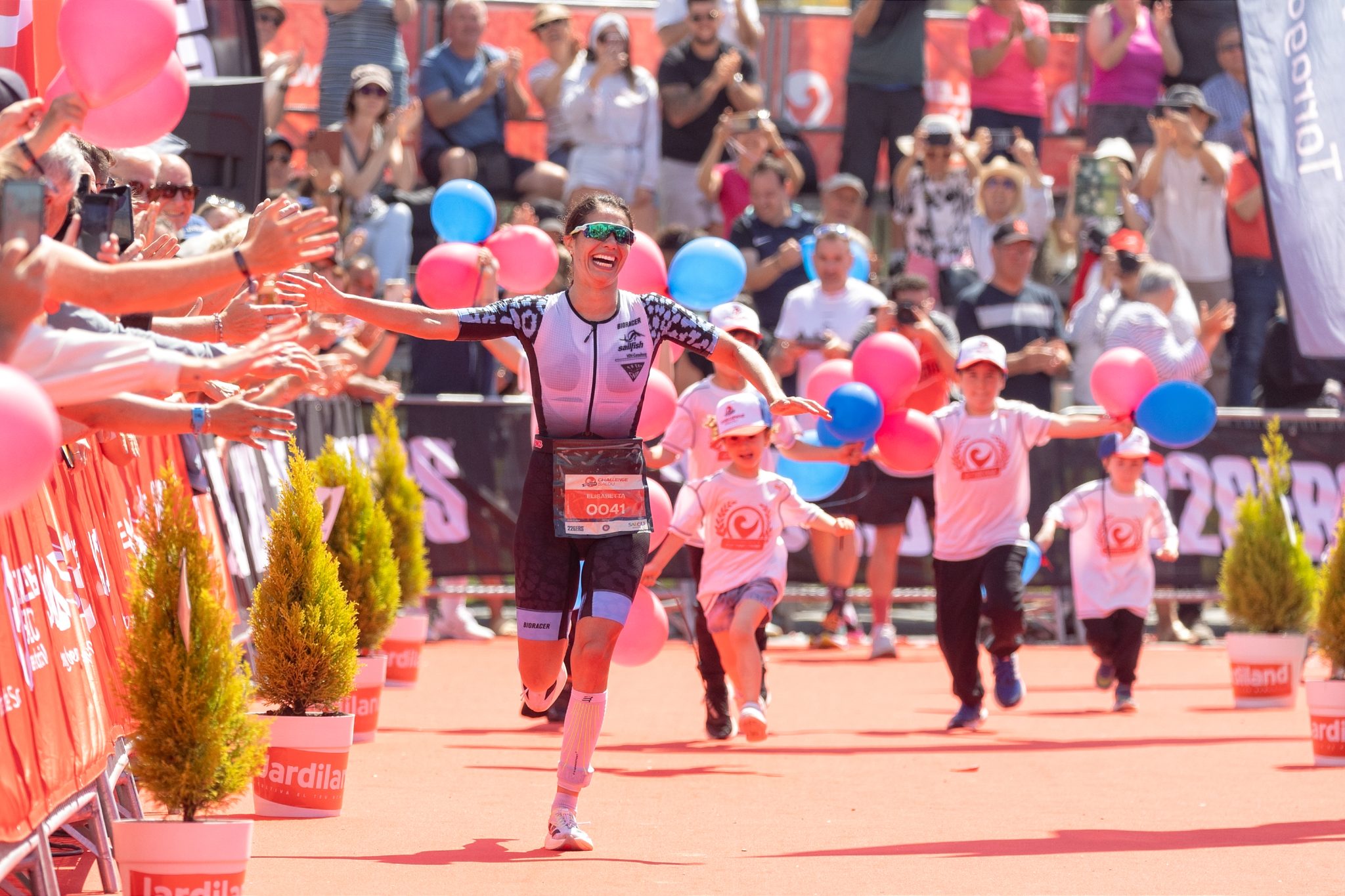The triathlon swimming wetsuit is such a ubiquitous aspect of triathlon, as defining as the aerobar and the aero helmet (and, well, aero everything else if we’re being honest). For most of us, we have to have it.
But why?
OK, it’s warmer. When you’re lined up for a cold open water swim, that neoprene is a layer that keeps the icy needles off your skin, at least for a bit, and keeps you comfy as you can be in open water.
But there’s performance benefits. Big performance benefits, to a material that has far greater hydrodynamics (flow over water) than bare skin.
So we talked to Norwegian Quintana Roo pro triathlete Jon Breivold to get his thoughts. A former professional cyclist, he found triathlon (and has already found success, with multiple victories at the insanely cold, insanely hard Norseman in his Norwegian homeland, as well as a third-place result at Ironman Austria this summer). To a guy with a cycling background, who will happily take every advantage he can muster in the swim, we thought he would be a great person to ask why the wetsuit is so important to him, and what he looks for in his own suit, the HYDROsix and HYDROfive range (and he’s raced in both).
What does he need in a wetsuit to perform? There’s three “Fs,” he says, that are important to him.
1. Flotation
“A good wetsuit needs buoyancy in the legs,” Breivold says. “Especially for swimmers like me or less experienced swimmers that don’t kick a lot, the legs are the main problem, causing most of the drag.”
The HYDROfive and HYDROsix are designed with flotation in mind, a huge benefit in particular to those newer, less strong swimmer that need the 5mm of flotation throughout the legs to help lift the body from the hips to the feet, allowing for a streamlined passage along the water’s edge, rather than plowing the legs. That floatation also helps keep the legs high in the water (and the body in that proper level swimming position) late in the swim, when a swimmer may be fatigued.
“I’m a two-beat kicker, which means I don’t use my legs that much during the swim, so I try to save them for the bike and run,” Breivold says. “From the HYDROsix wetsuit, that’s a major advantage for me. I’ve tried a lot of different suits, and have never had the amount of lower leg buoyancy as in the HYDROsix2; it suits the way I swim quite well—it’s just really nice to have that buoyancy, to save that energy for the rest of the day.”
2. Flexiblity
This is a big one, most appreciated by the veteran swimmers that are used to meters and meters of swimming in the pool without a wetsuit; when they pull on a suit, they want a suit that doesn’t hinder their free, open pool form. With thin 1.5mm rubber at the underarm gusset, and throughout the shoulder, the HYDROfive2 and HYDROsix2 each deliver a resistance-free swim stroke. The HYDROsix2 is even more flexible with less seams (in fact, the fewest seams in any triathlon wetsuit) an aspect that can create resistance points across the body. Again, Breivold considers this a must-have in his QR wetsuit.
“In order to get the right length in each stroke, if you have a suit that is limiting you, your stroke length can be damaged,” he says. “it can be tiring for the shoulders—that’s something which I’ve experienced with suits from different brands in the past.”
3. Fit
We’ve seen triathletes of all shapes and sizes at races that have ill-fitting suits. How can you tell? Underarms with gapping. A crotch with gapping. A neck that runs almost down to the shoulders, indicating a suit that that’s either not pulled up enough in the torso, or is too small. Even ankle and wrist ports that have gapping mean water will ingress and flush the suit with water.
The Quintana Roo HYDROsix2 and HYDROfive2 each are designed not with gender in mind, but body type. From broad torsos to long legs, short legs to narrow hips on a tall body, Quintana Roo’s unique sizing nomenclature ensures a fit for every body type.
“ That’s the good thing; you have 14 different sizes, which makes it easier to find the suit that works for you,” Breivold says. “With sizes of different lengths, and broad models, tall models, there’s a fit for you, which is as important as reach flexibility and floation in my opinion.”
Like Breivold, every triathlete needs to consider the three “F” when searching for a wetsuit. Explore the Quintana Roo HYDROsix2 and HYDROfive2 wetsuit range, to find your fastest (and flexible, best fitting and best flotation) wetsuit available today.



